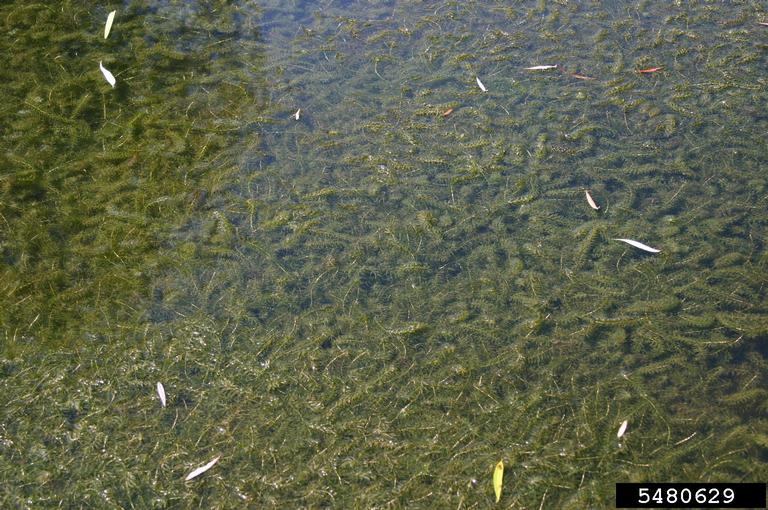This is one of the primary pathways for aquatic invasive species, in part due to the international popularity of aquariums. In fact, 150 invasive fish, plants and other aquatic organisms have spread to new habitats worldwide through the aquarium trade. It is the second largest source of introduced fish in the U.S. Invasive species enter new environments when hobbyists release unwanted organisms—individual species or entire aquariums—into waterways. These actions, and even just dumping aquarium water, can also spread parasites, viruses and bacteria.
Case in point: Goldfish

They can be seen in aquariums around the world, but goldfish (Crassius auratus) are native to eastern Asia. They forage for food at the bottoms of lakes and streams, uprooting plants and kicking up sediment. The reduced water clarity they leave behind means less light and oxygen for other aquatic organisms. Goldfish also compete with native fish for food and can spread the parasitic anchor worm (Lernaea cyprinacea) to other fish populations.
Case in point: Hydrilla

Hydrilla (Hydrilla verticillata) is native to lakes, ponds and streams of Asia. This submerged pIant can colonize deep waters, giving it an advantage over many pondweeds native to the U.S. Hydrilla also grows in thick mats that block sunlight and reduce the amount of oxygen available to other organisms. These mats slow water flow, clog irrigation and flood-control areas, and hamper swimming, boating and fishing. Controlling hydrilla can be quite expensive and time consuming—Florida alone spends millions annually to control it.